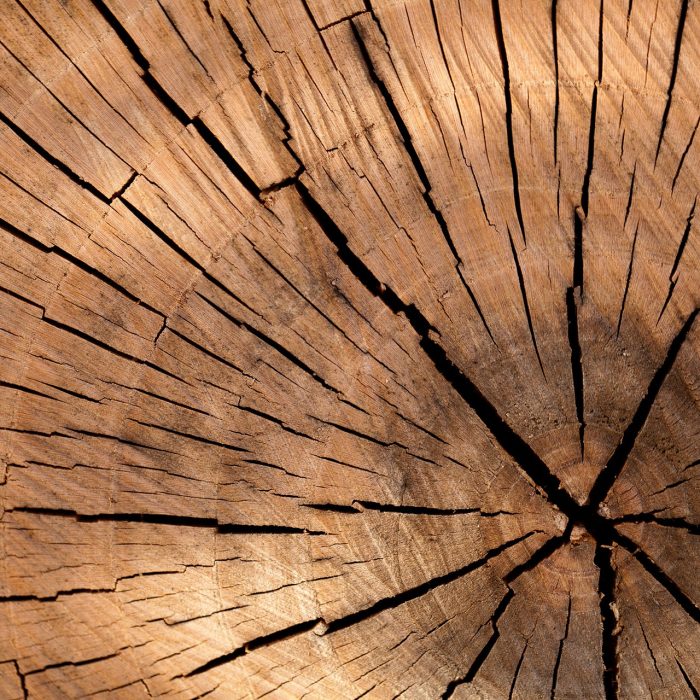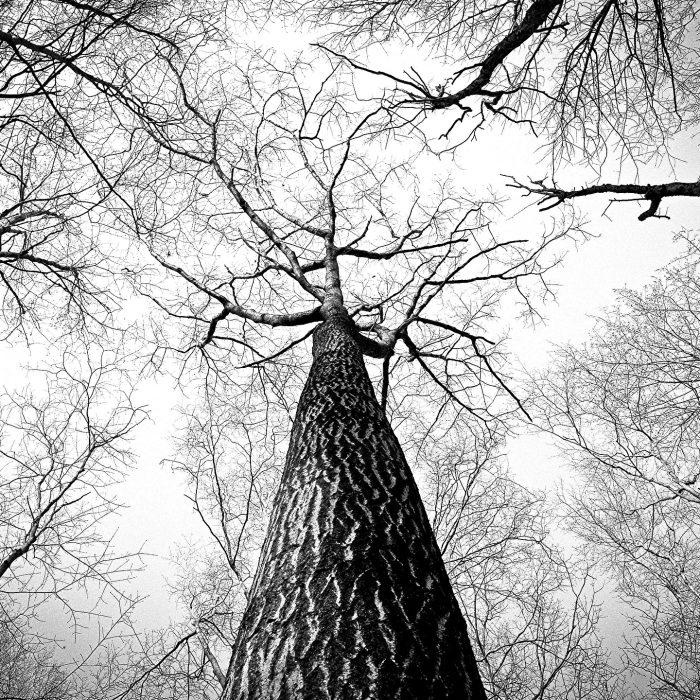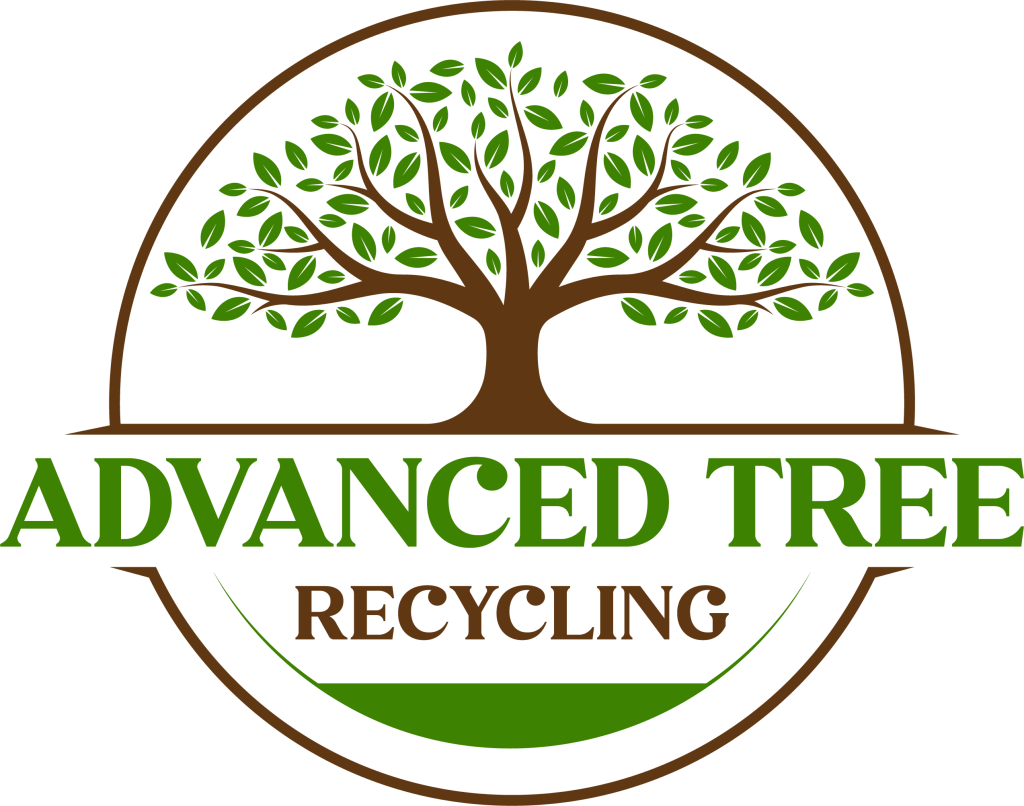Urban Tree Recycling
Home / Urban Tree Recycling
There are many ways to dispose of urban trees:
- Natural – leave the tree alone where it falls
- Dumped in the landfill
- Burned
- Made into wood chips, pellets, biomass or mulch
- Made into firewood, lumber or wood slabs
It’s hard to get accurate data – but anywhere from 10 to 20 percent of all landfill – is trees. A better approach is – trees chipped into wood chips, pellets, or mulch. Even better – sawing trees into lumber and slabs to save the history and beauty of local trees.
Our intent is to find trees an owner wants removed and the tree might otherwise be burned, dumped in ladfill, or ground into chips. We want to try to upcycle the tree into lumber or at least firewood. Lumber or wood slabs – the beauty and history of the tree can be enjoyed for many decades into the future. If the tree is made into firewood – it’s used to provide heat for a family. Worst case – we turn the tree into chips or mulch and spread to make nice trails or to improve the organic matter in soil.


Our goals are:
- Processing dead or diseased trees (we heat treat wood in our kilns to kill bugs)
- Processing dangerous trees (trees that pose a threat to houses, buildings, structures, or people)
- Trees that are cleared for development of new neighborhoods
- Trees that are removed to make a more “cleaned up” appearance. Could be homeowner or after storm.
- Sawdust from our operations can be reused
- Waste wood from our operations cannot be sold as regular firewood but sold as kiln dried waste wood or used at our site for firewood
- Work with arborists, tree services, land and timber management companies, land development companies – to upcylce trees and preserve their beauty
While many view fallen urban trees as a nuisance and financial burden, the reality is that they represent an untapped resource. Properly harnessed, the urban lumber within the United States could yield nearly 8 billion board feet of timber annually, excluding the quantity obtained from reclaimed building wood. This could invigorate local economies, lower community costs, and offer a sustainable approach to enhancing our homes, workplaces, and local areas. We believe there’s still a vast amount of untapped potential here.
Our goal is to shift this paradigm. By fostering a vibrant urban wood market, we can ensure better management of city trees and minimize waste. From seed to sawdust, we aim to help urban trees reach their full potential, strengthening local economies and reducing community expenses.
Our ambition is to minimize waste, amplify profit, generate jobs, and restore environmental resources. It’s a complex task, much like a large puzzle. However, we’ve identified ways to achieve these goals using both salvaged and fresh-cut material, and we’ve found invaluable partners to work with.


At Advanced Tree Recycling, we’re dedicated to revolutionizing the way timber waste is managed across residential, commercial, and municipal properties.
Our team is a collaboration of wood utilization experts, woodworkers, portable sawmill operators, and urban forest enthusiasts, all working towards establishing a logistics route for urban lumber. This enables craftsmen to produce a wide variety of high-quality, useful items from timber that would otherwise be discarded or made into lower-value products like firewood and compost. The range of products that can be created from urban wood includes wooden bowls, chairs, tables, storage units, and flooring.
Residential property owners often hire arborists to remove trees severely damaged by storms, insect invasions, or fungal diseases. The same is true for commercial and municipal property owners, who might also need to clear space for development or road improvements.
So, where does the wood from these felled trees end up? At times, it’s turned into firewood or mulch. Other times, it’s left to rot in an isolated pile on private property. Most frequently, however, this wood ends up in a landfill, just like wood from demolished buildings. This “wood waste” disposal leads to at least three negative impacts on our environment and communities:
1. Wood takes approximately 13 years to decompose, leading to a substantial build-up of wooden debris in our landfills over time.
2. Once a tree is turned into firewood, mulch, or landfill waste, it releases carbon that combines with oxygen, raising Earth’s atmospheric carbon gas levels, whether burned or not.
3. Valuable timber is removed from the supply chain for wood-based products, forcing artisans to rely heavily on industrially-produced wood for their professional needs.
We envision a future where each tree is repurposed at the end of its life, in a way that respects its existence.


MISSION & PURPOSE
Our mission involves meeting the management needs and improving the marketing opportunities for wood products sourced from small forested areas, edge forests, and urban forests. We aim to achieve this through outreach, education, and professional development programs. We aim to enhance awareness, knowledge, and skills among homeowners, small acreage owners, and environmental professionals to improve the health, productivity, and utilization of these forests. We’re also committed to promoting best-use practices in urban and suburban areas by developing markets that encourage the recycling and use of these valuable resources.
A large amount of the timber found in urban and rural properties can actually be repurposed. Yet, communities and property owners are saddled with costly waste disposal fees for materials that could be transformed into salable products. The U.S. Forest Service estimates that timber from residential, commercial, and municipal properties across the US could yield up to 3.8 billion board feet of lumber.
To give you an idea, about 6,300 board feet of wood is needed to build a 1,000-square-foot house. Hence, theoretically, the wood harvested from urban and rural properties could be used to build approximately 476,190 homes. Furthermore, when trees maintain their solid wood form after being cut, they continue to store carbon, even when transformed into a saleable product. Thus, by reusing urban wood, communities can reduce their greenhouse gas emissions.
Fortunately, an increasing number of individuals, organizations, and businesses are recognizing the need for a collaborative, innovative approach to managing urban lumber.
The emerald ash borers have wreaked havoc on ash tree species in Michigan and have spread to southern and eastern states, including North Carolina and Virginia.
These pests and their larvae bore into the critical tissues of trees, interrupting the flow of water and nutrients, causing fatal damage. The widespread destruction of ash trees led individuals in Michigan and elsewhere to devise a system to transport the affected trees to various sawmills instead of the nearby landfill. Other tree health crises have since emerged in North Carolina and Virginia, such as sudden oak death and southern pine beetle infestations.
The substantial loss of trees in North Carolina and Virginia sparked public demand for more sustainable recycling options; options that leverage the social and economic benefits that urban wood can provide to local communities. However, despite the growing interest in integrating urban wood into the market system, municipal forestry departments and independent tree service companies continue to grapple with the high costs of transporting and processing city wood.

